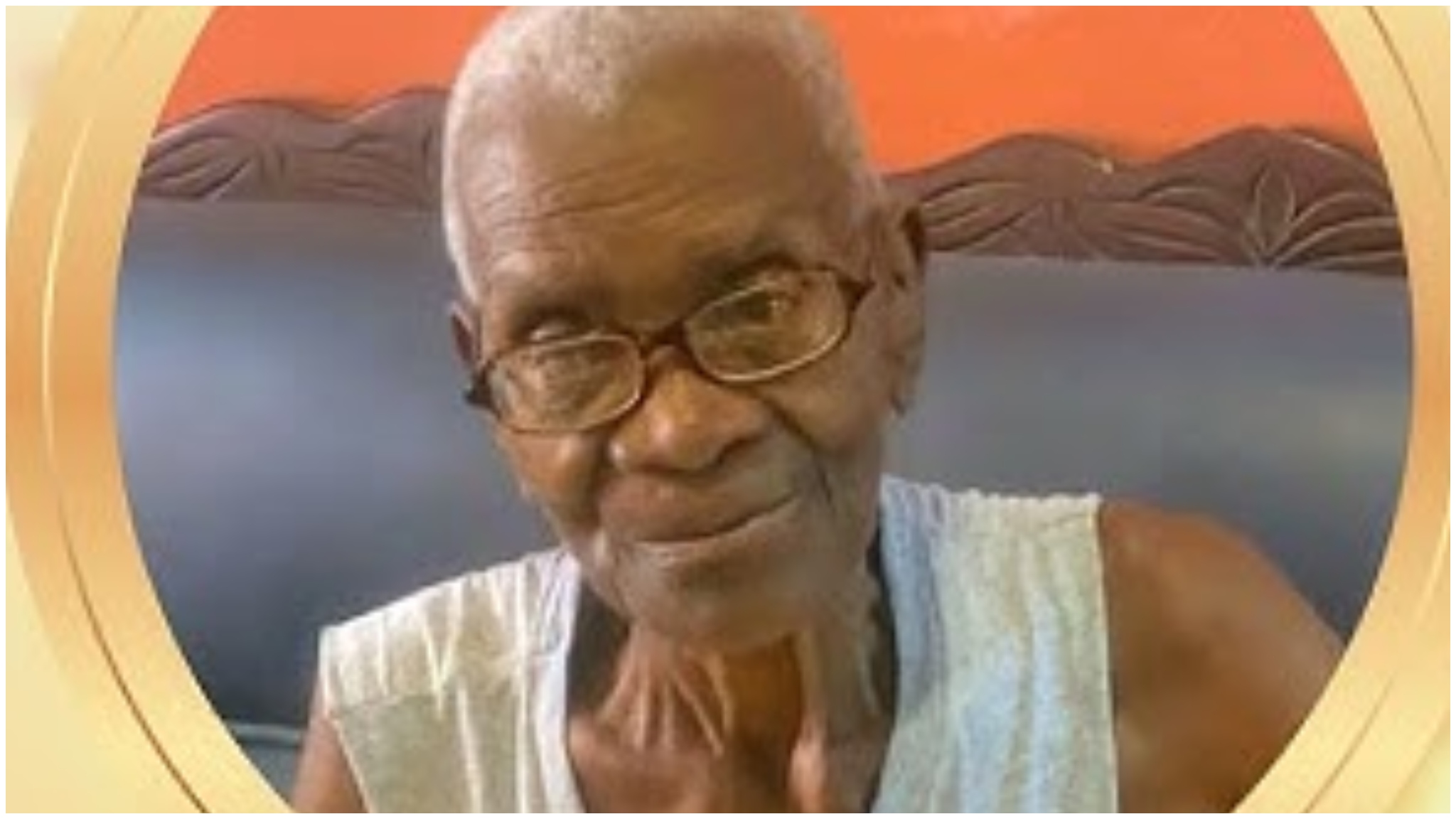Breaking Barriers Inside the Prison Walls
Rita Shoulders made history in 1976 when she became the first Black woman corrections officer at Ohio State Reformatory (OSR). She worked inside one of the toughest prisons in the country, at a time when few women held such roles—especially Black women.
At just 34 years old, Rita stepped into a space dominated by men, both in the ranks of officers and among the incarcerated. Her courage and determination helped open doors for women in corrections across Ohio and beyond.
Equal Work, Equal Risk
Rita didn’t set out to become a corrections officer. She originally applied for a position in the mailroom. But with two children to support, she accepted the higher-paying job that was offered—despite the risks.
Many people in her life thought she was making a mistake. Friends called her “crazy.” Her supervisor, Clarence Kirkendall, even admitted, “I don’t think it’s a place for a woman.” He was concerned about the language, pressure from staff, and the challenges of working closely with inmates.
Despite these doubts, Rita remained firm. She worked in the commissary from 8 a.m. to 4:30 p.m., interacting with nearly every inmate in the prison.
Building Respect Among Inmates
Rita faced intense environments, but she wasn’t afraid. Like her ex-sister-in-law and fellow officer Mary Shoulders, she believed inmates deserved to be treated like men, not animals.
“Inmates treat me like a sister,” Rita shared. Some even asked her to be a pen pal, seeking a voice of comfort and understanding that was missing from their own families.
Her calm and respectful approach earned her trust from many incarcerated men. They turned to her for advice and conversation. One inmate even warned others when she came by, saying, “Shoulders is on the range—cover up!”
Battling Prejudice From Within
Not everyone supported her. Some male officers questioned whether she could be trusted in emergencies. Captain Douglas Sackman noted some were “apprehensive” about whether Officer Shoulders would help during an attack.
But Superintendent Frank Gray stood by the decision to hire women like Rita. “They are no different from a (male) correctional officer,” he said. He expected women officers to perform all required duties, refusing to let gender lower expectations.
Even her own supervisor, Kirkendall, eventually admitted, “I give her a hell of a lot of credit… She is determined and that means an awful lot.”
Courage That Opened Doors for Others
Rita’s work went beyond her paycheck. She proved that Black women could succeed in high-risk, male-dominated roles. She faced disrespect, pressure, and doubt—but showed up with strength and care each day.
Many inmates, forgotten by their families, saw her as a reminder of dignity and respect. That impact went far beyond her job description.
Today, Rita Shoulders stands as a quiet pioneer. Her legacy opened doors for more women, especially Black women, to serve and lead in correctional institutions.





